
The White House has promised that the US manufacturing sector is in the middle of a significant comeback. Thousands of new jobs are supposed to be created, with the economy benefiting from a growing industrial base. But here’s the catch: unions aren’t seeing much of that growth. Even as manufacturing jobs increase, the role of unions seems to be shrinking. Non-union workers are filling most of these new positions, and unions are losing ground in a sector they used to dominate. So, will the unions be left behind in this supposed manufacturing boom?
The Promise of a Manufacturing Revival

The Trump administration has been vocal about revitalizing the US manufacturing sector, with a promise to create millions of jobs. The American Jobs Plan included $2.25 trillion to support manufacturing and infrastructure, with the goal of creating 2 million jobs. But here’s the catch: unionized workers aren’t seeing much of this growth. The rise of non-union labor and temporary contracts means workers are not getting the job security, pay, or benefits they once did. Despite the growth in manufacturing jobs, the question remains: will unions be included in this expansion?
Why Unions Won’t Have a Share in the Manufacturing Growth
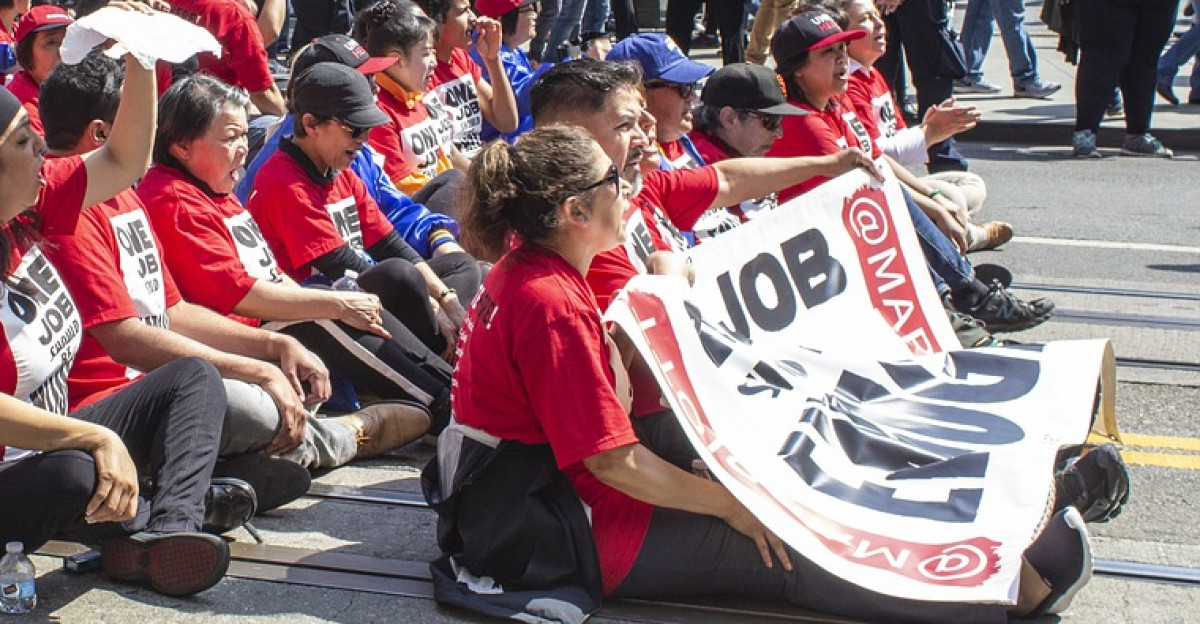
The US manufacturing boom is seeing new jobs being created, but unions are being left out. New jobs are often non-union or temporary, which means workers aren’t receiving the benefits unions used to secure. Union membership has been on the decline for years. According to the Bureau of Labor Statistics, union membership in manufacturing has dropped from 30% in 1994 to just 10.6% in 2020. Without the bargaining power unions traditionally provide, workers have fewer protections, lower wages, and less job security.
Automation and Outsourcing: Major Threats to Unionized Labor
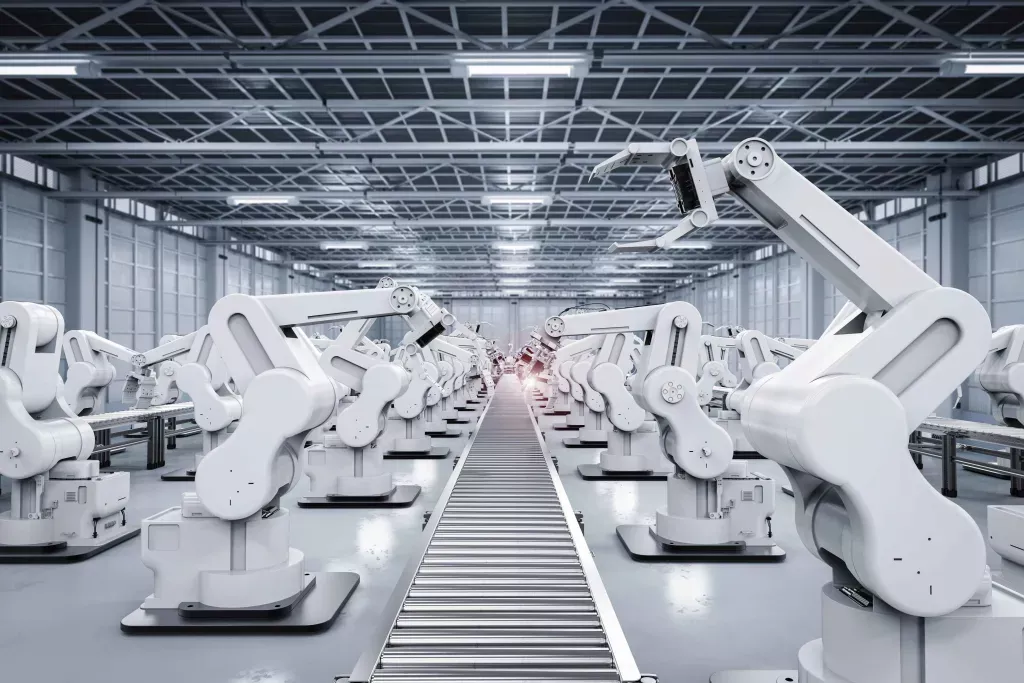
Automation and outsourcing are the biggest threats to unionized labor in the manufacturing sector. Companies are investing more in automation, meaning fewer human workers are needed, and union jobs are being replaced by robots. According to a McKinsey report, automation could replace 20 million jobs by 2030, and unionized roles are not exempt. Meanwhile, outsourcing continues to strip away jobs, as companies move production to countries where labor is cheaper. With these forces at play, unions are fighting an uphill battle to protect jobs and wages in the manufacturing sector.
Corporate Interests Still Stand in the Way of Unions

Corporate America still prioritizes profits over workers’ rights, and unions are often seen as a hindrance to maximizing profits. Unions are pushing for better wages and benefits, but many manufacturers opt for non-unionized labor, where costs are lower and flexibility is greater. Even as the manufacturing sector grows, the relationship between unions and corporations remains strained. Despite promises from the government to revive manufacturing, corporate interests continue to undermine union efforts, choosing a flexible workforce that operates outside of union protections. So, while the sector grows, unions are finding it harder to keep pace.
Manufacturing Switches To Non-Union Models
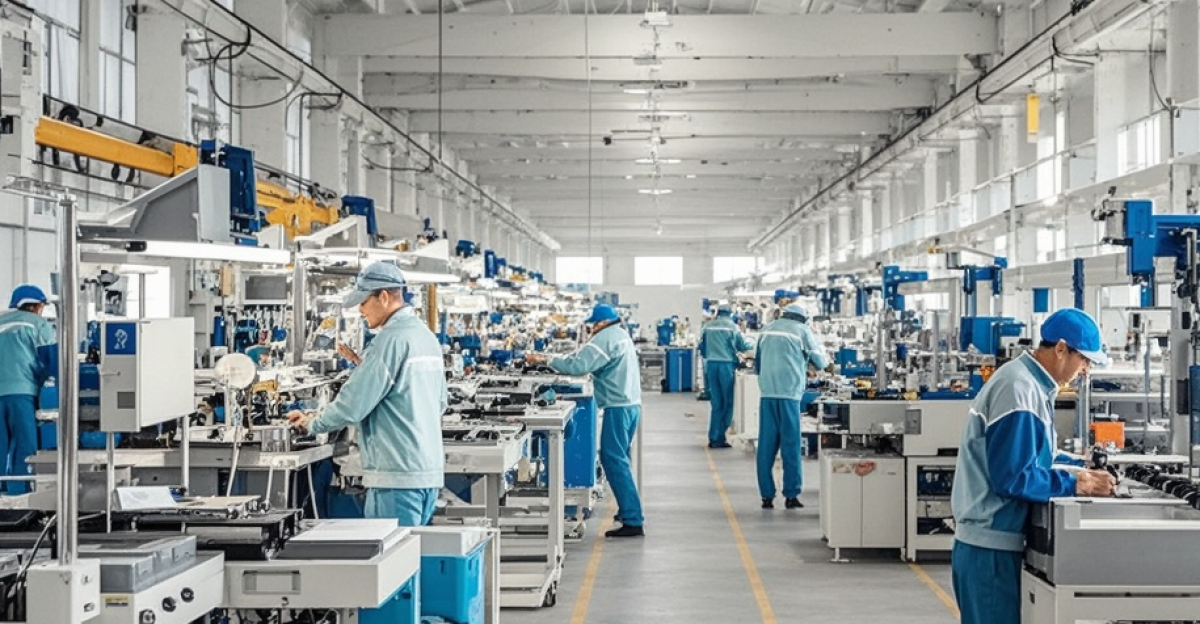
More manufacturing companies are turning to non-union labor than ever before. This is driven by the desire for flexibility, lower costs, and the growing reliance on temporary contracts and part-time workers. In the past, unions could secure better wages, healthcare, and job security for workers. But now, with more companies moving toward non-unionized models, workers are finding themselves with lower wages, fewer benefits, and no long-term job security. Unions are struggling to keep up with these changes as they adapt to a more flexible, less secure workforce.
The Cost of Exclusion: What’s at Stake for American Workers
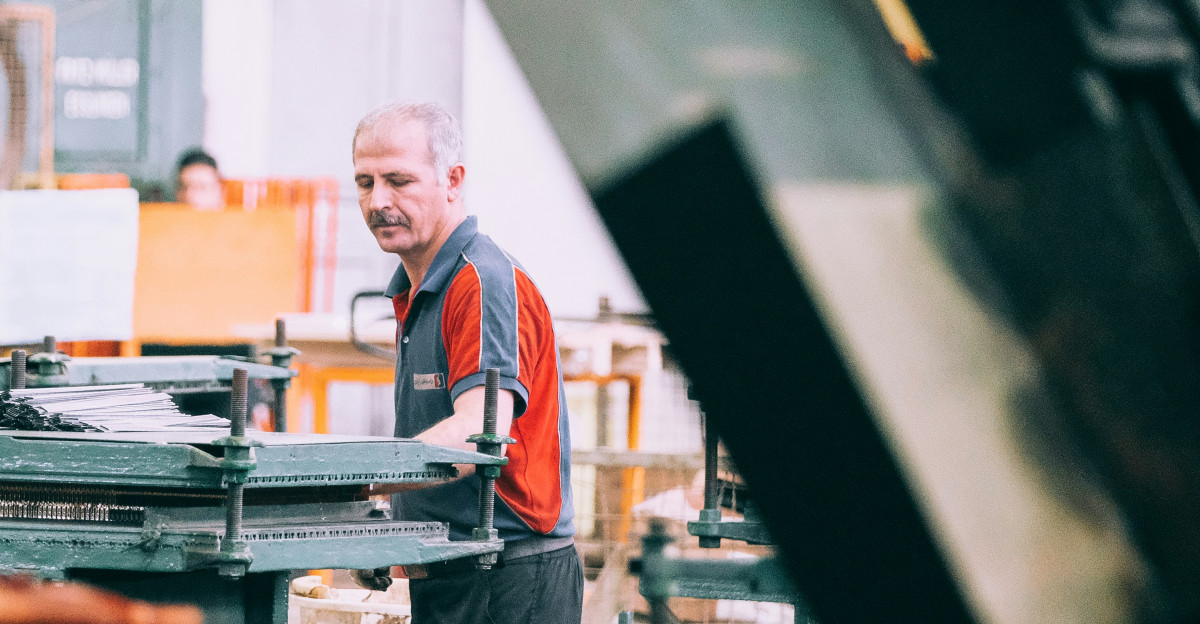
Excluding unions from the manufacturing upswing has serious consequences for the American workforce. Workers face lower wages, poorer benefits, and less job security without union representation. A recent study found that unionized workers earn about $200 more per week than their non-union counterparts. The decline of union influence means that many workers miss out on fair wages and protections they once enjoyed. As manufacturing jobs grow, workers are left behind, missing out on the benefits that unions would have fought for: higher wages, better healthcare, and more job security.
What the White House Doesn’t Acknowledge About Unions
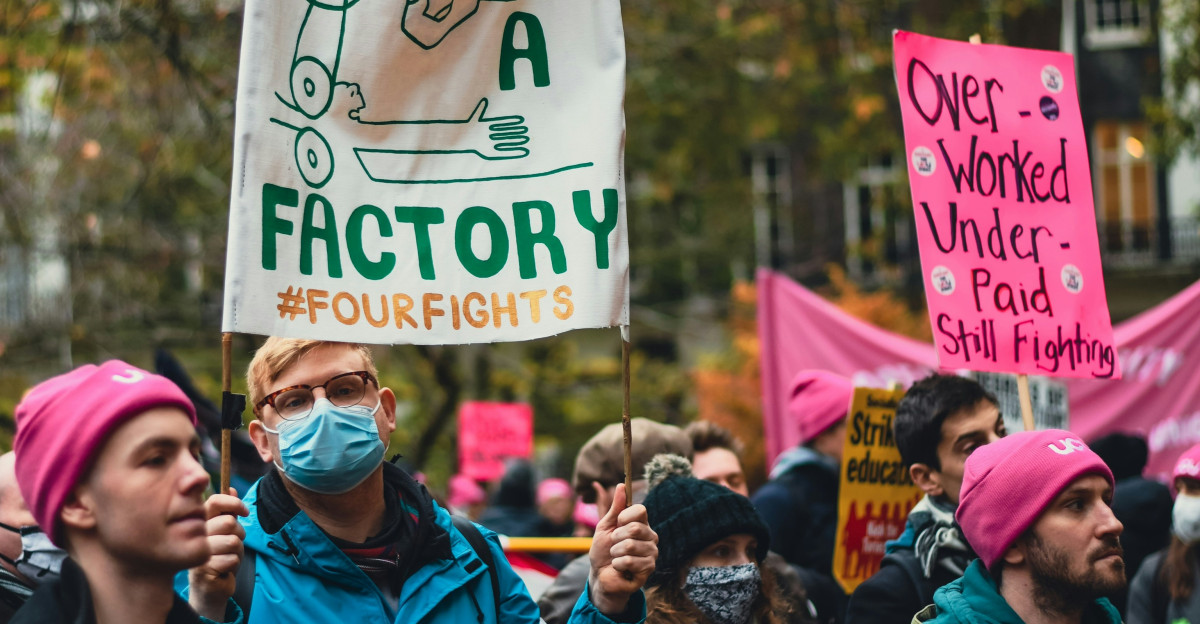
While the Trump administration has pushed to create more manufacturing jobs, it often overlooks the struggles of unionized workers. The focus on non-union job growth means that workers aren’t seeing the benefits they once did under union agreements. Trade policies and deregulation have pushed many manufacturing companies to non-union models, leaving unionized workers behind. The Economic Policy Institute states that unionized workers in manufacturing typically earn 20% more than their non-union counterparts. However, as corporations continue to sidestep unions, this gap only grows. The administration’s job creation focus doesn’t fully address the need for unions in this new manufacturing economy.
The Impact of Trade Deals on Union Jobs

Trade deals have really had a significant impact for unionized jobs in manufacturing. Take NAFTA and the China-U.S. trade deal agreement, they’ve made it easier for companies to move jobs overseas, where labor’s cheaper, and unions have less influence. As a result, union jobs in industries like textiles and steel have disappeared. Sure, some manufacturing jobs are coming back, but many of them are non-union, which leaves union workers without the protections they used to rely on. As companies keep outsourcing production, unions are losing bargaining power and struggling to keep up.
Unions’ Struggle to Adapt to Modern Manufacturing
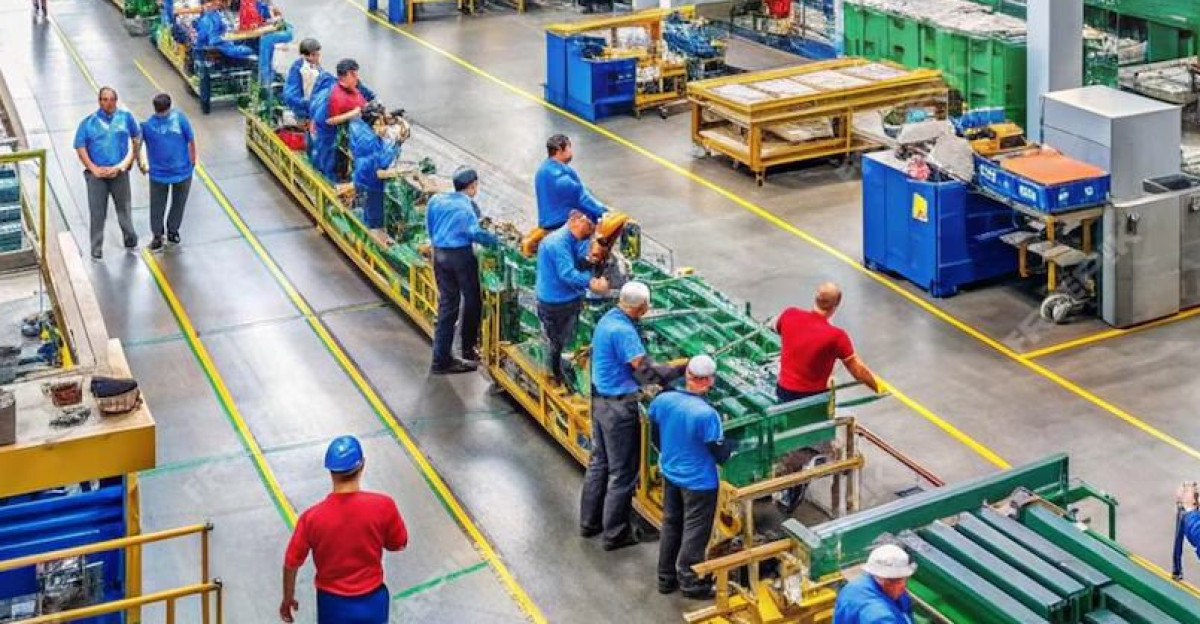
Unions are having a tough time adjusting to the modern manufacturing world. With automation, independent contracting, and non-union labor on the up, it’s getting harder for unions to organize workers. Traditional union jobs are being replaced by temporary contracts, part-time positions, and even roles in high-tech industries. This shift is forcing unions to rethink how they operate. The rise of automation means unions need to come up with new ways to represent workers who don’t fit the traditional labor model anymore. It’s a big challenge, but it’s one unions will have to face if they want to keep fighting for workers’ rights in today’s changing landscape.
Can Unions Fight Back and Regain Influence in Manufacturing?
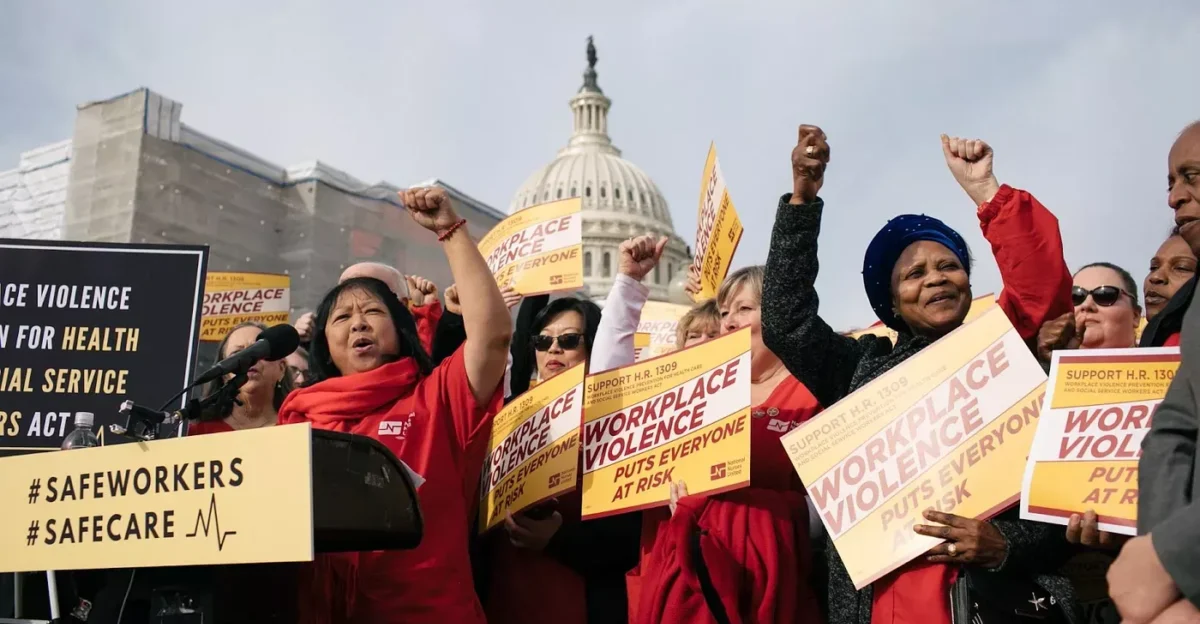
Can unions regain their influence in the manufacturing sector? Some unions are focusing on industries that are more tech-heavy or green-focused, aiming to organize workers in emerging sectors. By organizing non-union workers and targeting newer industries like sustainable manufacturing, unions have a chance to rebuild their influence. However, they will need to overcome significant challenges, including corporate resistance, automation, and a workforce that is increasingly flexible and non-union. The future of unions in manufacturing will depend on how well they adapt to the evolving industry landscape.
What’s Next for Unions and Manufacturing in America?

The future of unions in the US manufacturing sector is still up in the air. The manufacturing boom is real, but unions are being left behind, thanks to automation, outsourcing, and the rise of non-union labor. If unions want to stay relevant, they’ll need to rethink their strategies to keep up with the changes. With automation and temporary work becoming the norm, unions need new ways to protect workers in this evolving landscape. So, will unions find a way to get back in the game and be part of the manufacturing boom, or will they continue to struggle? Only time will tell.